THE
VICTORIAN
HOUSE
EXPLAINED
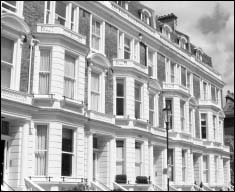
 TREVOR YORKE
TREVOR YORKE 

First published 2005
Trevor Yorke 2005
Reprinted 2010
All rights reserved. No reproduction permitted without the prior permission of the publisher:
COUNTRYSIDE BOOKS
3 Catherine Road
Newbury, Berkshire
To view our complete range of books,
please visit us at
www.countrysidebooks.co.uk
ISBN 978 1 85306 943 7
Photographs and illustrations by the author
Designed by Peter Davies, Nautilus Design
Produced through MRM Associates Ltd., Reading Typeset by Techniset Typesetters, Newton-le-Willows Printed by Information Press, Oxford
CONTENTS
Introduction

R anging from the majestic rows of gleaming white Classical terraces in west London to the grid of violent red-brick houses in the Lancashire mill towns; and from the steeply pointed Gothic of north Oxford to the shallow pitched Italianate of Saltaire; Victorian houses come in all shapes, sizes and materials. At first glance, from the outside, they seem a confusing medley of historic styles and class aspirations, while inside, the lasting image is of a dark, cluttered, intimate atmosphere which wrapped the family in a protective cloak of randomly arranged pictures, richly coloured materials, small groupings of furniture around the fireplace and always, in a corner, the aspidistra!
For much of the 20th century, what can seem like cramped, fussy and often poorly arranged faades and interiors gave Victorian houses a bad reputation. Thanks, though, to the work of individuals like the late Poet Laureate, John Betjeman, and the charity The Victorian Society, attitudes towards 19th-century architecture have changed. In the past twenty years or so these spacious houses, with high ceilings, quality construction and the added charm of a hundred years or more of rustication, have become desirable once again.
For those millions of us, though, who live in a Victorian house or are interested in the subject, finding out about their history, who lived in them and what they originally looked like can be challenging. Architectural writers on the subject tend to be rather dismissive of this period of housing, with some justification. This book is intended, therefore, as an easy to understand guide, illustrated with my own drawings, diagrams and photographs, to help bridge this gap. It will provide readers with a fascinating background knowledge of all aspects of the Victorian house, whether they are renovating, tracing the history of their own house or simply want to know more about this notable period of history.
The book is divided into three sections. The first outlines the story of how houses developed through the period. Drawings and photos illustrate the different layouts, styles and dates when they were likely to have been built. Each chapter begins with a view from the small Staffordshire town of Leek, a 19th-century industrial centre whose growth mirrors that of towns throughout the rest of the country, but which unlike many others has retained most of its Victorian buildings. The second section steps inside and looks at the different rooms and their fittings, what they were used for and how they would have originally appeared. The final section is a quick reference guide with notes on dating houses, suggested books, places to visit and a glossary to explain some of the terms used.
Trevor Yorke
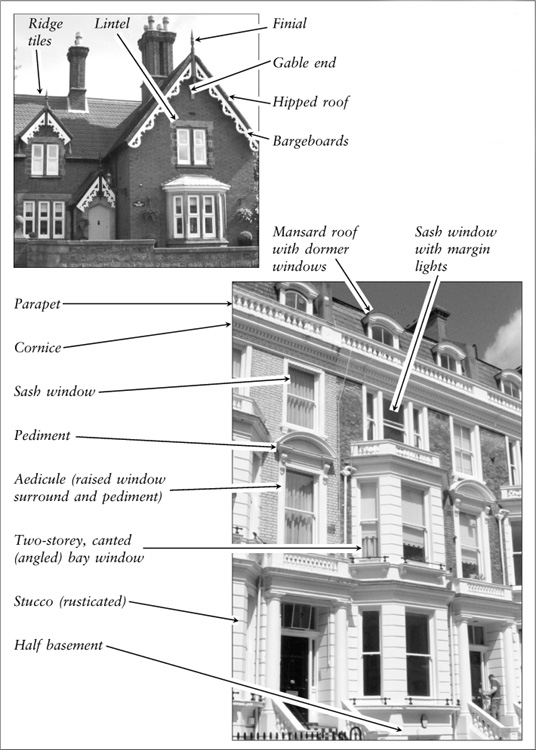
FIG 1.0:Faades of a Domestic Revival Gothic house (top left) and a Classical-style terrace (bottom right) with labels of some of their parts and period features.
SECTION I
THE HISTORY
OF THE
VICTORIAN
HOUSE

CHAPTER 1
The Background

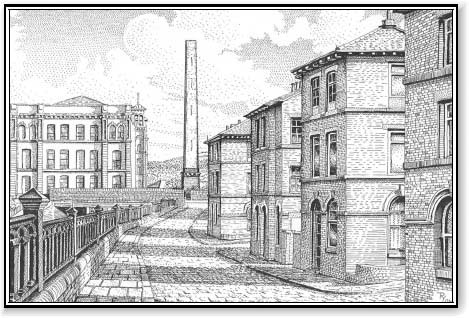
FIG 1.1:Saltaire, West Yorkshire:In 1853, Titus Salt did as many entrepreneurs of the day were doing and opened a new mill which incorporated numerous separate manufacturing processes for the first time under one roof (rear left of picture). Few, however, went on to build a complete village with sanitary housing, school, hospital, library and church for his employees, a rare benevolent action which took place over the 1850s and 1860s. The village was named after Titus Salt and the River Aire upon which it stood.
T he impression left by Victorian England is one of great contrasts. There is the perceived image of religious adherence and high family values, yet there was still child labour, poor public health and disease. We marvel at so many great inventions and impressive engineering projects, but forget the high loss of life in their creation and the intolerable working conditions of those who had to use them. We can still visit the gleaming steam engines and pristine country houses today, but without the filthy environment, smog and soot in which they originally stood. From this distance, the period appears a time of consistent financial success and international glory. However, this simple view masks the fluctuations, failures and depressions which struck at differing times throughout Victoria's long reign.
These same contrasts exist in their houses. Those which survive today are generally spacious and well built from good quality materials, with highly decorated faades. Yet the homes in which the majority of the working population lived were unhygienic, tiny and often poorly built, creating slums which have long since been flattened. Our image of Victorian buildings is therefore slightly skewed as so much of what was bad has been pulled down, while left standing are the quality structures or those with the space to permit adaptations for modern living.
When criticising modern housing, compared to the more decorative and better quality Victorian product, it is worth bearing in mind that a skilled worker who today might expect a three-bedroom semi with garden and all mod cons, in the 19th century would have sufficed with a two-bedroom terraced house and yard. Likewise, a small terrace house on the bottom of today's property ladder would have been a good-sized family home for a skilled factory worker in the 1850s.
The Victorian house has become popular again since the 1980s, especially compared with some of the plain and apparently flimsy housing on offer from the 1960s and 1970s. However, it should be noted that nearly three times more houses were erected in these decades than at the peak of Victorian building around 1900.

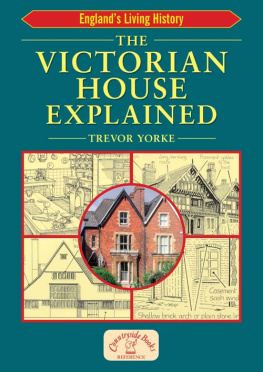
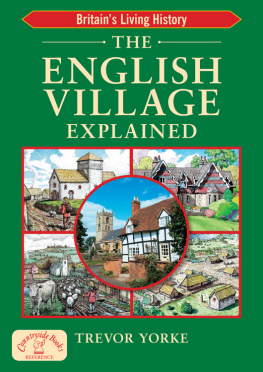
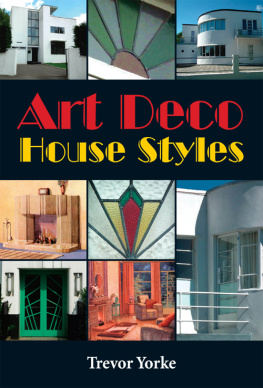
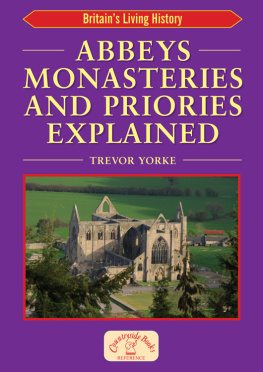

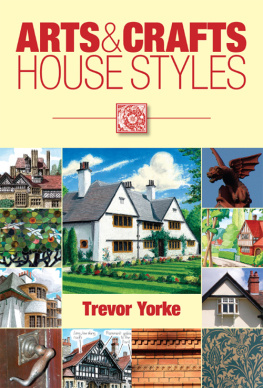
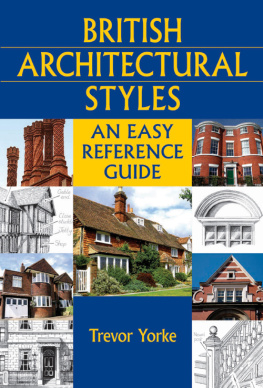

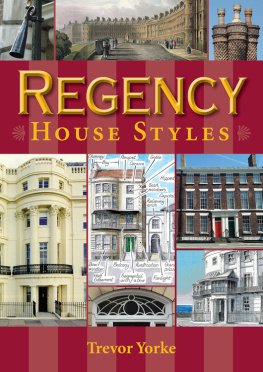
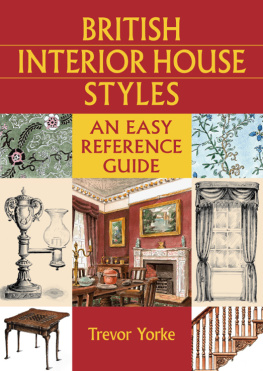

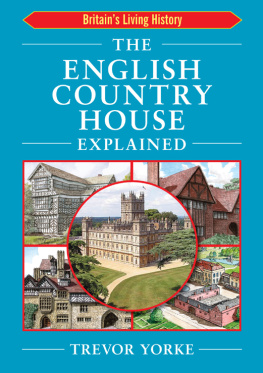
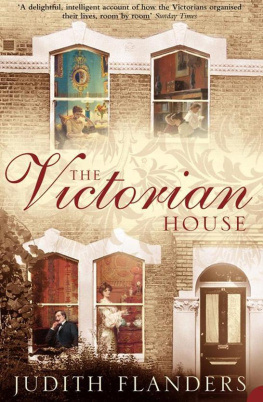
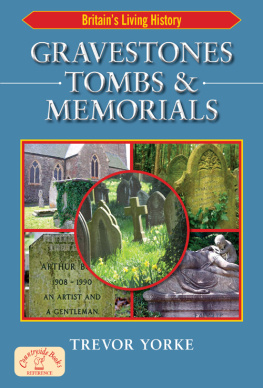
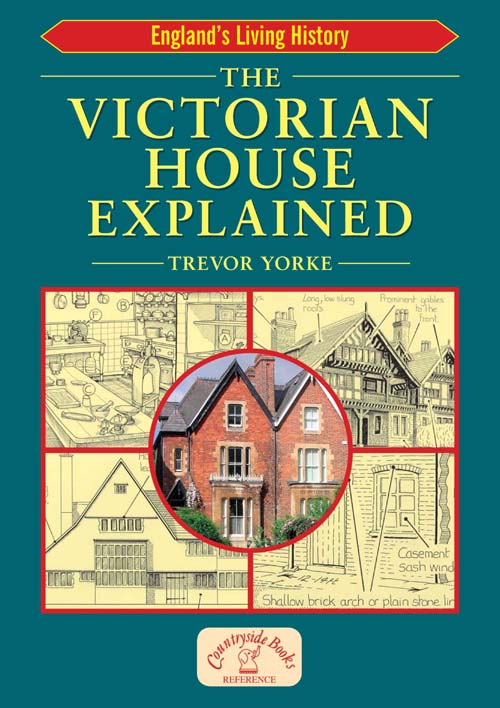

 TREVOR YORKE
TREVOR YORKE 


